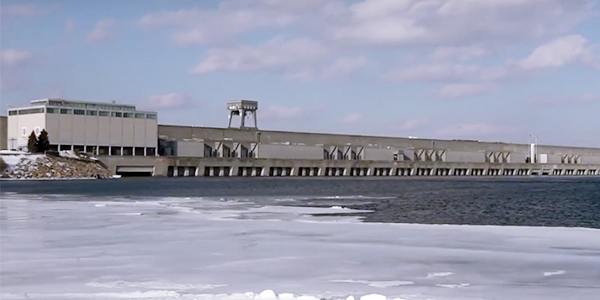NYISO’s Business Issues Committee on Wednesday voted to approve updates that align the Transmission Expansion & Interconnection (TE&I) manual with Tariff changes made since the last comprehensive manual update, provide additional detail regarding interconnection study methodology, and clarify existing practices and procedures.
The Operations Committee reviewed and approved the revisions on Thursday.
The ISO’s senior manager for interconnection projects, Thinh Nguyen, detailed the TE&I Manual revisions and the Tariff revisions accepted by FERC over the past two years to alter the transmission expansion and interconnection procedures. Updates include:
- Revisions made as part of the 2017 comprehensive queue revision, such as reducing the number of study agreements.
- Creating deadlines for study reports.
- Clarifying roles and responsibilities of parties in the interconnection process.
- Making feasibility studies under Attachments X and Z options at the developer’s election, with two alternative levels of analyses.
- Revising interconnection request data forms and requirements.
- Providing parties the option to narrow the scope of studies required or uprate projects.
- Allowing certain projects with multiple voltage levels to submit a single interconnection request.
The manual changes also reflect queue reforms aimed at improving the class year study process by revising start dates; creating the “bifurcated class year” process; affording additional opportunities for projects to withdraw from the class year study; and specifying how a project can finalize an interconnection agreement prior to completion of a class year study and/or request limited operations prior to execution of an interconnection agreement.
Other changes to the interconnection process reflected in the manual updates include clarification of interconnection study base case inclusion rules; updated small generating facility deposits and application fee requirements; clarification of the clustering process for small generating facilities; clarification of the process for evaluating alternative points of interconnection for small generators; and the requirement that certain large generating facilities install phasor measurement units.
The manual changes, consistent with the 2017 revision, also explain the process for calculating capacity resource interconnection service values applicable to the winter capability period and require stakeholder review of changes in transmission owner planning criteria, while also increasing the frequency of required updates to proposed in-service, initial synchronization and commercial operation dates.
External Capacity Resource Eligibility
Director of Market Design and Product Management Robert Pike presented the monthly Broader Regional Markets report and highlighted item 26, regarding an effort to clarify the minimum deliverability requirements for external capacity into the NYISO Installed Capacity (ICAP) market.
The ISO reviewed eligibility and deliverability requirements for external capacity from ISO-NE with stakeholders at the June 27 ICAP/Market Issues Working Group meeting and will return to future working group meetings to continue the discussions, he said.
NYISO will continue to evaluate what, if any, additional performance requirements and obligations are needed for deliverability to the New York Control Area border for purposes of external resource eligibility to sell capacity into New York.
LBMPs down 25% YoY in June
NYISO locational-based marginal prices averaged $24.43/MWh in June, up slightly from $23.10/MWh in May, but down about 25% from the same month a year ago, Pike said in delivering the monthly operations report. Year-to-date monthly energy prices averaged $35.76/MWh, a 25% decrease from a year ago.
Day-ahead and real-time load-weighted LBMPs came in higher compared to May. Average daily sendout was 429 GWh/day in June, compared with 373 GWh/day in May and 445 GWh/day in the same month a year ago.
Transco Z6 hub natural gas prices averaged $2.10/MMBtu for the month, off slightly from May and down 14.1% from a year ago.
Distillate prices were down 13.2% year over year and lower from the previous month, with Jet Kerosene Gulf Coast averaging $13.50/MMBtu, down from $14.64/MMBtu in May, while Ultra-low Sulfur No. 2 Diesel NY Harbor dropped to $13.23/MMBtu from $14.54/MMBtu in May.
June uplift dropped to 7 cents/MWh from 13 cents/MWh in May, while total uplift costs, including the ISO’s cost of operations, came in higher than the previous month.
The ISO’s 19 cents/MWh local reliability share in June was down from 23 cents the previous month, while the statewide share dropped a penny from the previous month to -12 cents/MWh.
The Thunderstorm Alert cost for New York City was 77 cents/MWh, up from 19 cents in May.
— Michael Kuser




